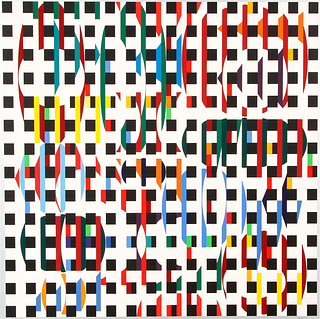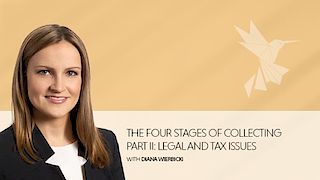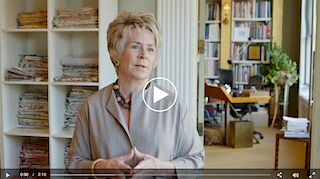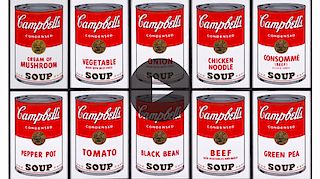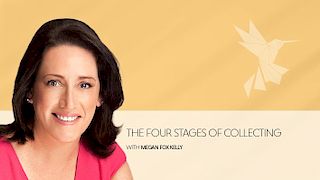Tips for Selling Your Treasures at Auction
It’s probably something we’ve all experienced over the holidays: when scrounging around in your grandmother’s attic in search of seasonal decorations or when cleaning up after a big family dinner, the move of a box or the opening of a drawer reveals an intriguing object. Maybe it’s a carefully wrapped piece of porcelain, or it could be a painting secreted away among other family heirlooms. You can tell it’s been hidden for years, and as you admire it a question starts to creep into your mind: what could this possibly be worth? If you’ve been in this scenario and have been wondering how to answer this question, this post will help with some suggestions as to how to proceed in identifying, valuing, and potentially selling a vintage or antique item.
Do Some Digging
The first step toward determining the importance of your item is to research its background. Look for marks, stamps, signatures, or seals that might help you identify the maker or artist who created the item. With these tools in hand, you can begin researching to get a better sense of the significance of your find. Where should this search begin? Casual inquiries can take place on the internet, but those more determined researchers might benefit from a trip to your local library or, depending on your item, to regional museums that might have databases discussing the creator. This background research is essential, as it not only sheds light on to your item’s history but it also helps you determine to whom you should reach out for selling it.
You can also make note of the condition of your piece. Following a careful inspection, are their any chips or flaws? If you’ve discovered a Tiffany vase, for example, are their any knicks along the vase’s lip or chips from its surface? For paintings, are there signs of craquelure (that characteristic crackling across the surface of a composition) or darkened varnish that is making the painting seem drab? These elements are important to keep in mind as well, as damage to an item will limit its value, but some elements of aging, particularly with paintings, can be repaired with the aid of a exceptional restorer.
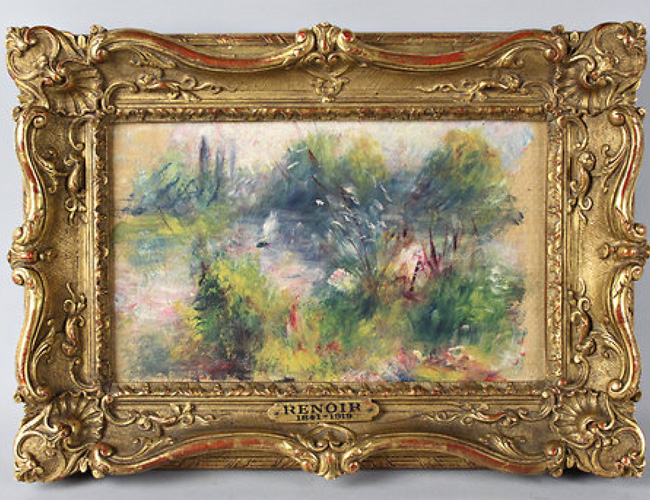
This painting by famed Impressionist Pierre-Auguste Renoir was purchased in a bulk box of trinkets at a West Virginia flea market for $7 in 2010. Following research with a local company, it was confirmed to be a documented work by the artist, “Paysage Bords de Seine” that was valued at approximately $75,000.
Pursuing a Price Point
As this preliminary data falls into place, you can then assess the value of your piece. There are essentially two ways in which to go about this phase. One is to visit local estate sales, seeking out other examples of pieces by your artist and then ascertaining the price. This will give you the opportunity to discuss with sellers who might be able to add insights to your research (e.g., the rarity of some pieces, idiosyncrasies of artists, and so on), but the prices might not be as reliable depending on where the estate sale is taking place (e.g., some sales might be discounted for faster sale and thus would undervalue your piece). You can also look to auction houses for valuation information, as many, like Leslie Hindman Auctioneers, maintain online databases of past auction results to help you understand current sale trends. Again, it is important to keep in mind that all of these values are merely estimates, but they are nevertheless helpful guides to give you a ballpark range for valuation.
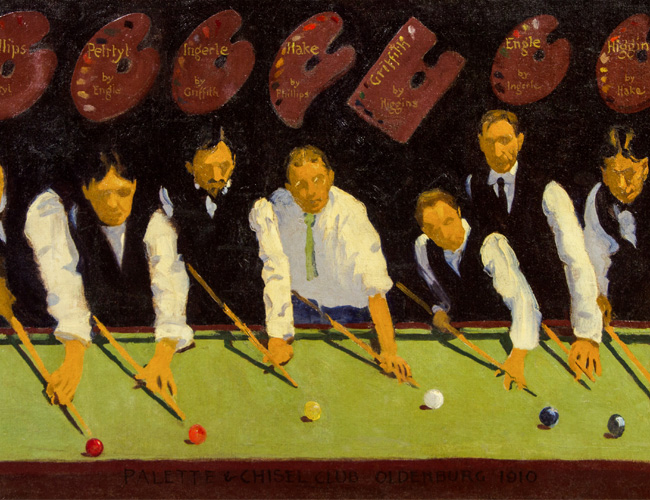
This painting is a collaboration between the seven artists depicted, all of whom were members of the Palette and Chisel Club in the early 20th century, and include (from left to right): John Phillips, August Petrytl, Rudolph Ingerle, Otto Hake, L.O. Griffith, Harry Leon Engle, and Victor Higgins. It was bought at a garage sale for $10 and sold this year at auction for $10,625.
Engage the Experts
If your research leads you to believe your find could yield a pretty penny, or if you simply want an expert’s help in the valuation and sale process, you can always contact an auction house to guide you in the process. The highly-skilled team at Leslie Hindman Auctioneers would be thrilled to assist you in the process from initial research to final auction sales, ensuring that along the way you will be confident that your family heirloom is headed out the door at the perfect sales price.
Do you have an artwork or art object that has been squirreled away for years that needs to see the light of day? Consider selling it at auction!
- Rafael Osona Auctions' Modern & 19th Century Design From Nantucket Estates
- Quilts as a 2025 Design Trend: A Celebration of American Heritage and Craftsmanship
- A Celebration of Sports History and Collectibles
- The Thrill of Sports Memorabilia Auctions: A Collector’s Paradise
- Demystifying Coin Condition: A Guide to the Sheldon Grading Scale
- Snoopy & Friends: A “Peanuts” Auction at Revere
- Colorful Chinese Monochromes at Millea Bros
- 12 Holiday Gifts for the “Impossible to Buy For” on Bidsquare
- Alluring Art Objects and Accessories from the Estate of Chara Schreyer
- Kimball Sterling's One-Owner Outsider and Folk Art Collection Showcases Masters of the Unconventional



 EUR
EUR CAD
CAD AUD
AUD GBP
GBP MXN
MXN HKD
HKD CNY
CNY MYR
MYR SEK
SEK SGD
SGD CHF
CHF THB
THB